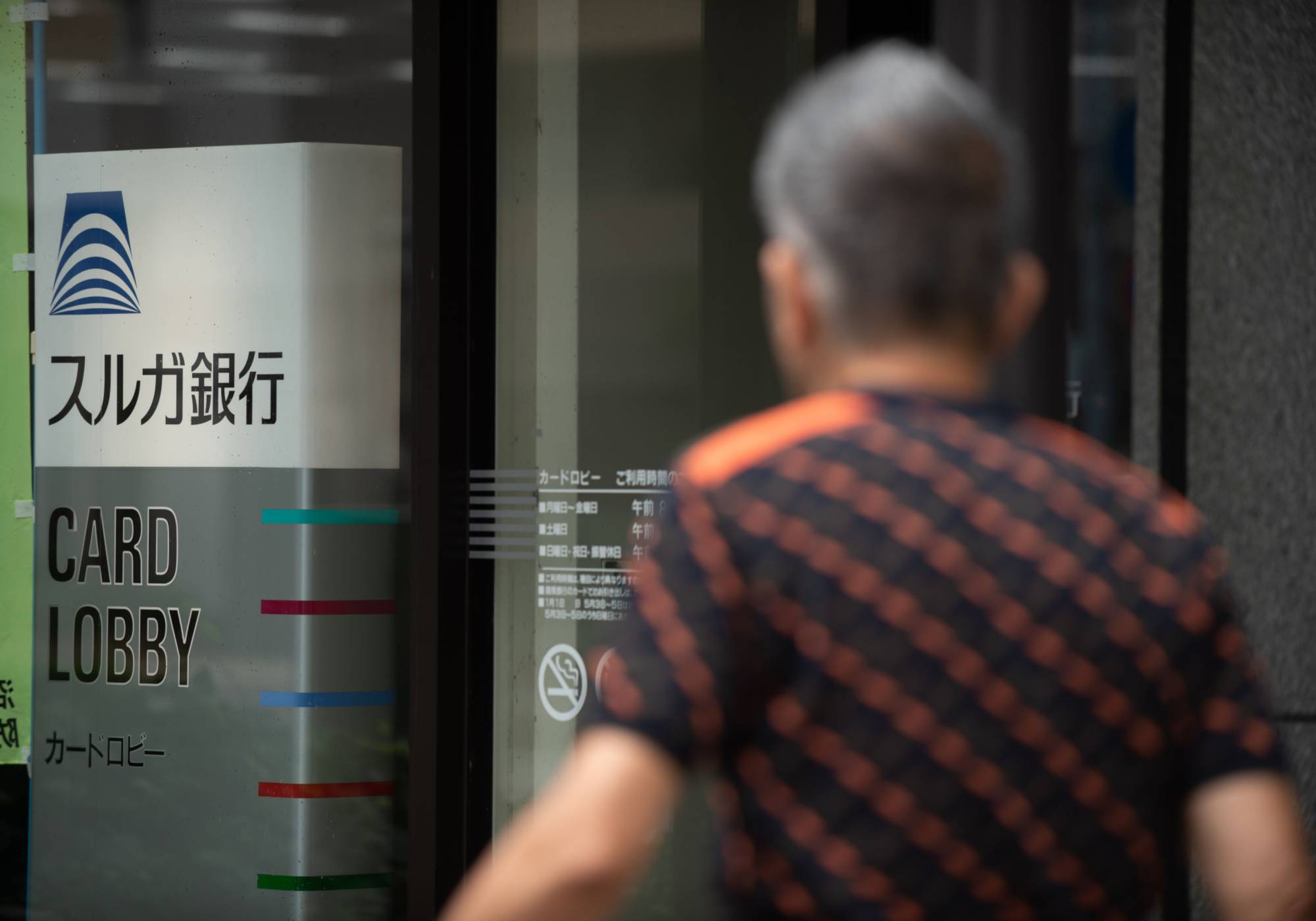In the wake of the collapse of Silicon Valley Bank and recent turmoil at Credit Suisse, the past few weeks have seen heightened scrutiny of Japan’s financial sector and reignited interest in the challenges faced by regional banks.
While experts say Japan is unlikely to suffer from the structural banking challenges seen in the United States, exposure to foreign securities combined with rising U.S. interest rates have left regional banks weakened and at risk of valuation losses.
These factors have exacerbated the already challenging market conditions faced by regional banks. With a declining population, profit pressures amid the ultralow interest rate policy of the Bank of Japan, and pandemic assistance measures set to expire, regional banks were already under considerable pressure.



















With your current subscription plan you can comment on stories. However, before writing your first comment, please create a display name in the Profile section of your subscriber account page.